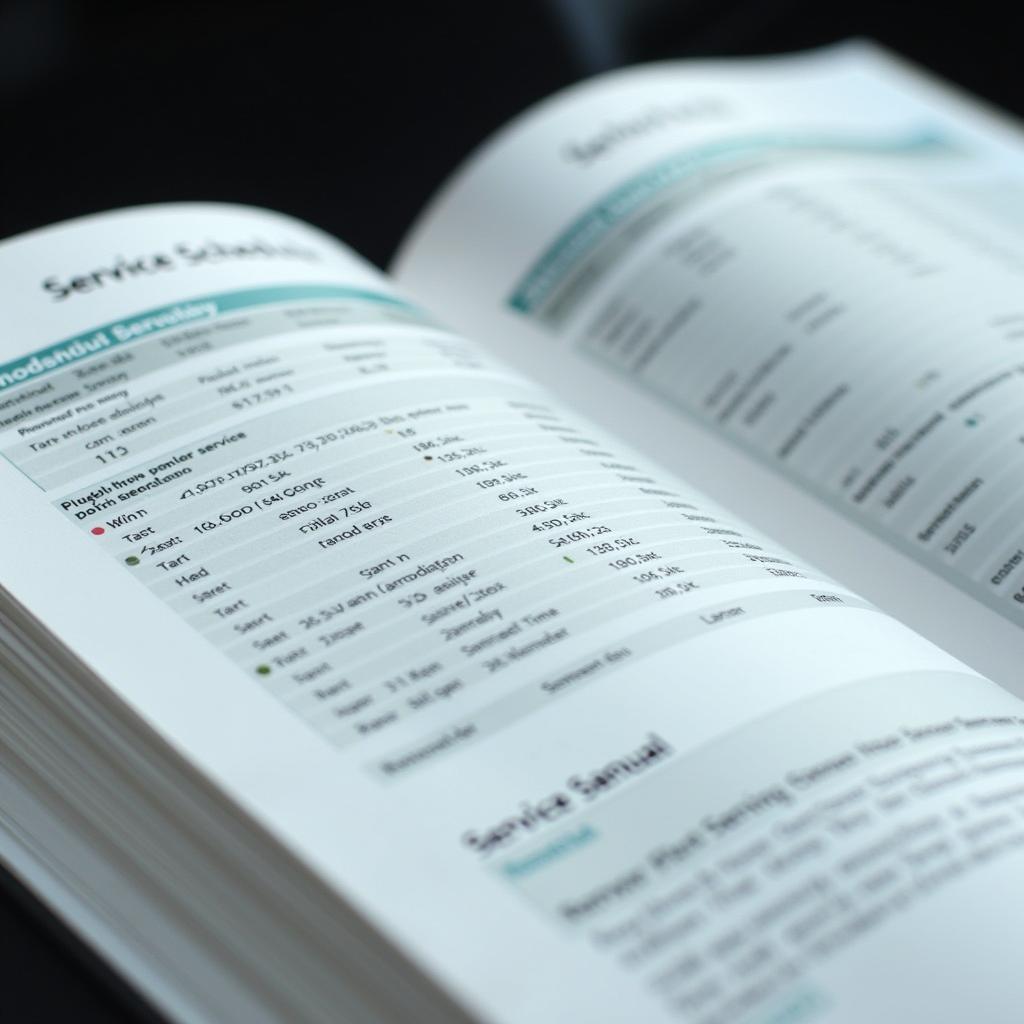When considering “how many miles can you drive a car before the 1st service,” it’s important to consult your owner’s manual for specific recommendations tailored to your vehicle. However, a general guideline is around 5,000 to 7,500 miles, or six months to a year, whichever comes first. This first service is crucial for maintaining your car’s health and identifying potential issues early on. Let’s delve deeper into this topic to understand the nuances of first car services.
Maintaining your vehicle’s health and longevity involves a crucial step: the first service. Many car owners wonder, “how many miles can you drive a car before the 1st service?” The answer, while seemingly straightforward, depends on several factors. This article aims to clarify the ideal timeframe for your car’s first service, emphasizing the importance of this initial maintenance check. We’ll explore various aspects that influence this decision, ranging from manufacturer recommendations to driving habits.
Decoding Your Car’s First Service: Mileage and More
The first service for a new car is often dictated by the manufacturer’s recommendations, which you can find in your owner’s manual. This service usually involves an oil change, filter replacements, and a general inspection to ensure everything is functioning correctly. when should you service a new car will give you more information regarding servicing schedules. Sticking to this schedule is key to preserving your warranty and maintaining optimal performance. Ignoring it can lead to premature wear and tear, impacting your car’s resale value.
While the standard recommendation often hovers between 5,000 and 7,500 miles, several factors can influence this number. Driving conditions play a significant role. If you primarily drive in harsh conditions like extreme temperatures, stop-and-go traffic, or dusty environments, you might need to service your car sooner. Similarly, towing heavy loads or frequent short trips can also necessitate an earlier service.
When Should You Service a New Car? Understanding Manufacturer Recommendations
Car manufacturers meticulously engineer their vehicles and provide specific service intervals based on extensive testing. These recommendations, detailed in your owner’s manual, outline the ideal timeframes for various maintenance tasks, including the critical first service. Consulting your manual is paramount. It provides tailored advice specific to your car’s make, model, and year, ensuring optimal performance and longevity. Following these guidelines is also essential for maintaining your warranty coverage.
How Driving Habits Affect Your Car’s First Service
Beyond manufacturer recommendations and mileage, your driving habits significantly impact when your car needs its first service. Aggressive driving, frequent short trips, and extreme weather conditions can all contribute to accelerated wear and tear. For example, continuous stop-and-go city driving puts more strain on your engine and brakes than highway driving. Similarly, harsh weather conditions, such as extreme heat or cold, can affect fluid viscosity and component performance. Understanding your driving style and the typical conditions you encounter can help you determine if your car requires servicing sooner than the standard recommendation.
“Regular maintenance is not just about fixing problems; it’s about preventing them,” says John Miller, Senior Automotive Technician at CarTech Solutions. “The first service is particularly crucial for identifying potential issues early on, saving you money and headaches down the line.”
Signs Your Car Needs Its First Service Sooner
While mileage and manufacturer recommendations offer a good starting point, sometimes your car will tell you it needs attention sooner. Pay attention to unusual noises, vibrations, or warning lights on your dashboard. Changes in performance, such as decreased fuel efficiency or sluggish acceleration, can also indicate underlying problems that require professional attention.
“Being attentive to your car’s behavior is essential,” advises Sarah Chen, Lead Mechanic at AutoCare Experts. “Don’t ignore warning signs. Addressing them promptly can prevent minor issues from escalating into major repairs.”
How Many Miles Can You Drive a Car Before the 1st Service: Conclusion
In conclusion, while a general guideline exists for the first car service, the most accurate answer to “how many miles can you drive a car before the 1st service?” lies within your owner’s manual. Understanding manufacturer recommendations, considering your driving habits, and being attentive to your car’s behavior are all essential for maintaining its health and longevity. Regular servicing is an investment that protects your vehicle and ensures a smooth, safe, and enjoyable driving experience. Remember when should you service a new car for more details.
FAQ
- What is included in the first car service? Typically, an oil change, filter replacements, and a general inspection.
- Where can I find my car’s recommended service intervals? In your owner’s manual.
- What happens if I don’t follow the recommended service schedule? You risk voiding your warranty and potentially causing premature wear and tear.
- Do driving conditions affect the first service interval? Yes, harsh conditions may require earlier servicing.
- What are some signs my car needs service sooner than expected? Unusual noises, vibrations, warning lights, or changes in performance.
- Why is the first car service important? It’s crucial for identifying potential issues early and ensuring optimal performance.
- Can I perform the first service myself? While possible, it’s recommended to have it done by a qualified technician, especially for warranty purposes.
Need assistance? Contact us via WhatsApp: +1(641)206-8880, or Email: cardiagtechworkshop@gmail.com. We have a 24/7 customer support team.


